SPIN Magazine
Get to know the legendary alternative media outlet

Featured Profile category interest
In SPIN Magazine's early years, the magazine was known for its narrow music coverage with an emphasis on college rock, grunge, indie rock, and the ongoing emergence of hip-hop, while virtually ignoring other genres, such as country, and metal. It pointedly provided a national alternative to Rolling Stone's more establishment-oriented style. Spin prominently placed newer artists such as R.E.M., Prince, Run-D.M.C., Eurythmics, Beastie Boys, and Talking Heads on its covers and did lengthy features on established figures such as Duran Duran, Bob Dylan, Keith Richards, Miles Davis, Aerosmith, Lou Reed, Tom Waits, and John Lee Hooker. Bart Bull's article on Hooker won the magazine its first major award.
On a cultural level, the magazine devoted significant coverage to punk, alternative country, electronica, reggae and world music, experimental rock, jazz of the most adventurous sort, burgeoning underground music scenes, and a variety of fringe styles. Artists such as the Ramones, Patti Smith, Blondie, X, Black Flag, and the former members of the Sex Pistols, The Clash, and the early punk and New Wave movements were heavily featured in Spin's editorial mix. Spin's extensive coverage of hip-hop music and culture, especially that of contributing editor John Leland, was notable at the time.
Editorial contributions by musical and cultural figures included Lydia Lunch, Henry Rollins, David Lee Roth and Dwight Yoakam. The magazine also reported on cities such as Austin, Texas, or Glasgow, Scotland, as cultural incubators in the independent music scene. A 1990 article on the contemporary country blues scene brought R. L. Burnside to national attention for the first time.Coverage of American cartoonists, Japanese manga, monster trucks, the AIDS crisis, outsider artists, Twin Peaks, and other non-mainstream cultural phenomena distinguished the magazine's dynamic early years.
In late 1987, publisher Bob Guccione Jr.'s father, Bob Guccione Sr., abruptly shut the magazine down despite the fact that the two-year-old magazine was widely considered a success, with a newsstand circulation of 150,000. Guccione Jr. was able to rally much of his staff, partner with former MTV president and David H. Horowitz, locate additional new investors and offices and after missing a month's publication, returned with a combined November–December issue. During this time, it was published by Camouflage Associates. Guccione sold SPIN in 1997 to Miller Publishing.
SPIN is one of the most recognizable names in music journalism and pop culture. It’s acquisition by Next Management Partners from Billboard in early 2020 has launched a new generation for the legendary media group, putting the brand back where it belongs at the center of the cultural zeitgeist. Recent covers have featured some of today's biggest stars, like Run the Jewels, Machine Gun Kelly, and Kehlani, coupled with in-depth interviews and original video content. SPIN’s reputation for award-winning investigative journalism has been well known, including exposés of Live Aid’s tragic missteps in Ethiopia and the Atlanta child murders cover-up, embedding a reporter inside the IRA, and the first ever article on crack cocaine. From 1987 to 1997, SPIN published a controversial but internationally lauded monthly column on AIDS.
Some Content Sourced from Wikipedia
More Photos
More from Featured Profile
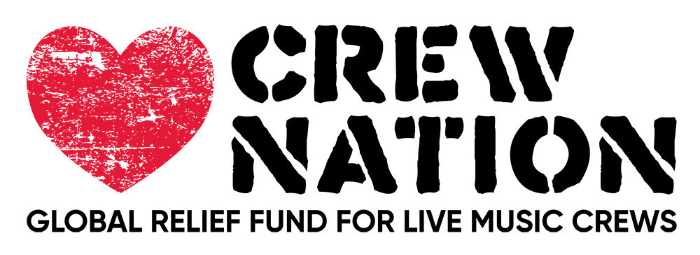
Featured Profile
What Is Crewnation?
Get to know Crewnation, the Global Relief Fund for Live Music Crewmembers

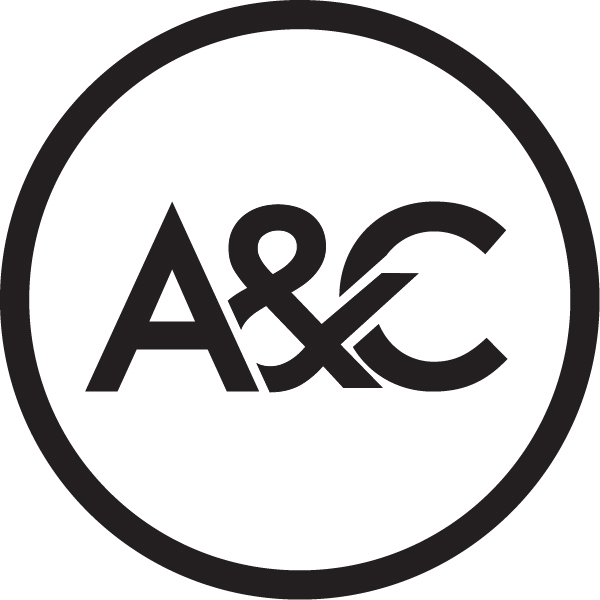
Featured Profile
What is Arts & Crafts Productions?
Get to know the label & management company started as a Broken Social Scene vehicle
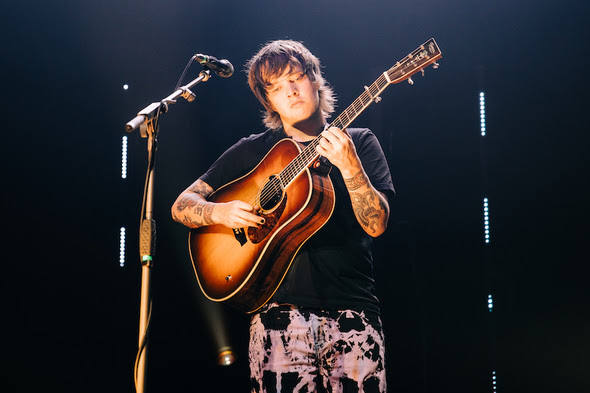
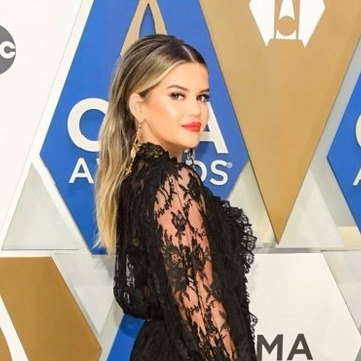
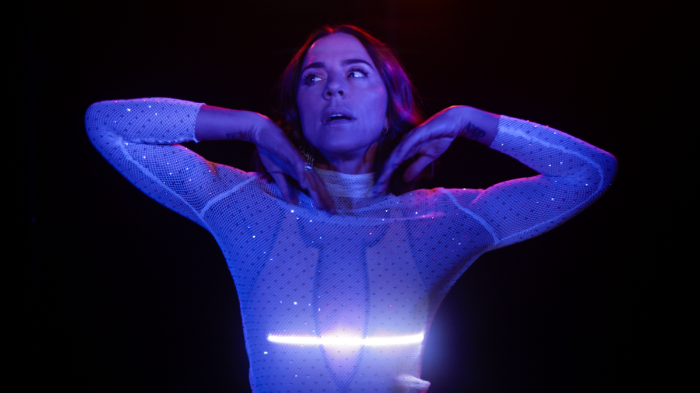
Featured Profile
Who is Melanie C
Get to know the former Spice Girl turned chart topping solo artist





 Newsletter Signup
Newsletter Signup